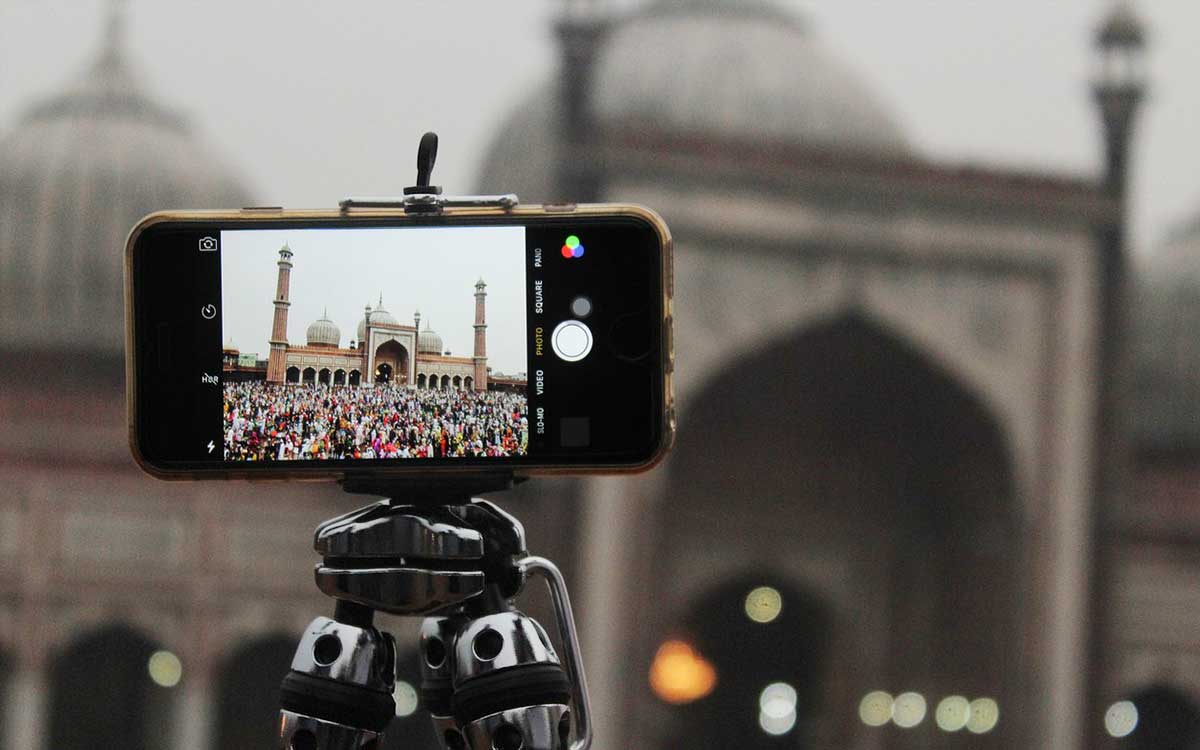Nowadays, you can do almost anything with your phone including taking amazing photos. You have chosen your phone. Now, it’s time to become the master of your device and harness your photography skills.
• Camera
People are naturally curious creatures. So don’t back away from examining your smartphone, especially the camera app. Browse through the manual. Or just dive right in. Explore the settings, functions, and features. Take it on a test run and play around with the camera app’s resolution, shooting modes, brightness, and other functions. Make sure you look that everything is set to the optimal option. Factory settings usually aren’t. Adjust the resolution and the aspect ratio to get the largest possible image. And since those types of images consume more space, have a microSD card ready to store your precious files.
• Light
Natural light will almost always produce better shots. Steer clear of harsh sunlight as much as possible. Find a shade or an area with flattering soft light. Be resourceful in finding ways to bounce, reflect, and diffuse light. Use white or black cards, thin white sheet of fabric, or a reflector. How about the flash? Well, using flash seldom produces beautiful images. The intense uniform illumination has an effect on depth and quality of color. Try to discover a way to diffuse it to lower the intensity. So it may not be a complete waste.
• Exposure
While on the subject of lighting, there are three terms to remember: aperture, exposure time, and ISO. These three control the amount of light that you capture.
- Aperture: This is usually fixed so it’s important to set ISO value and exposure time correctly. The auto mode determines the settings independently, but the manual mode often yields better results.
Try different settings to see for yourself how everything works in relation to each other. Find the settings to best use in various lighting situations.
• Composition
There are several composition guides you can use. These are not rules to strictly follow. They help you get an idea of how composition works. Ultimately, it takes experimentation and practice.
- Rule of thirds: Many smartphones usually have this function in place that serves as an aid. The subject should be placed on one of the four intersection points of the grid.
• Lens
Keep it clean. Oftentimes, you might think that your settings are incorrect because the image is out of focus. When in fact, it’s actually a result of a smudged lens. Wipe with a microfiber or cleaning cloth from opticians to avoid scratches.
• Apps & tools
After getting used to the default camera app installed on your smartphone, try another application. There are also apps available for editing. Another essential tool to invest in is a tripod for phones.





